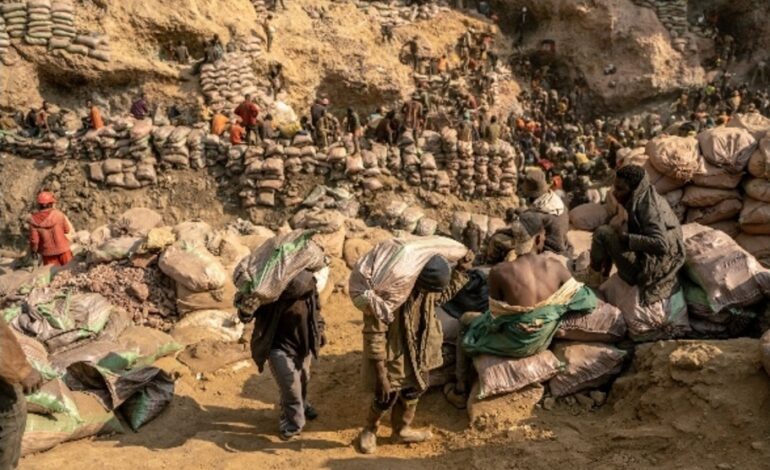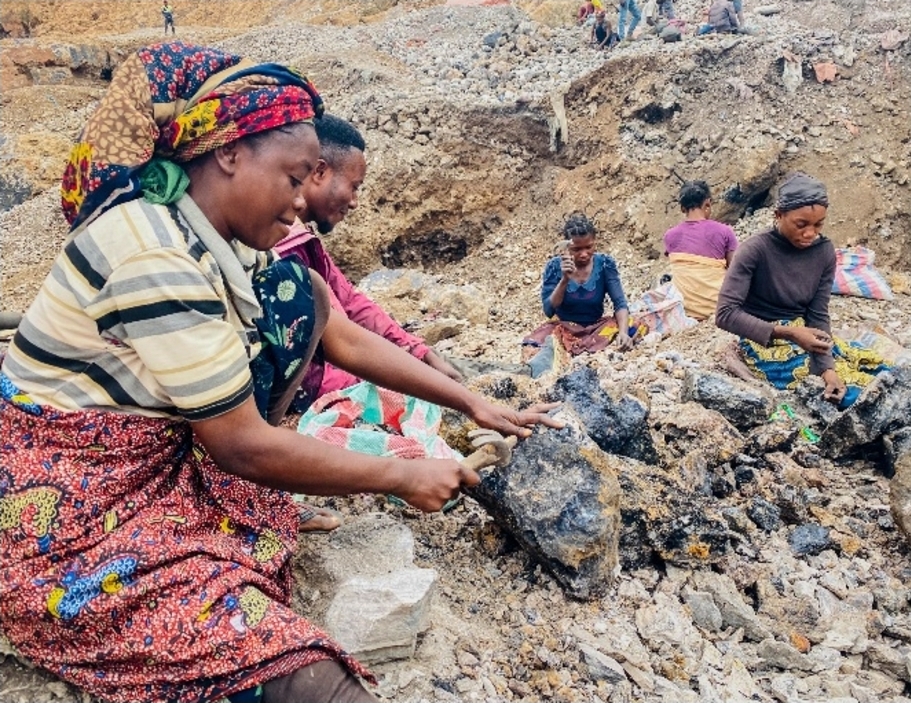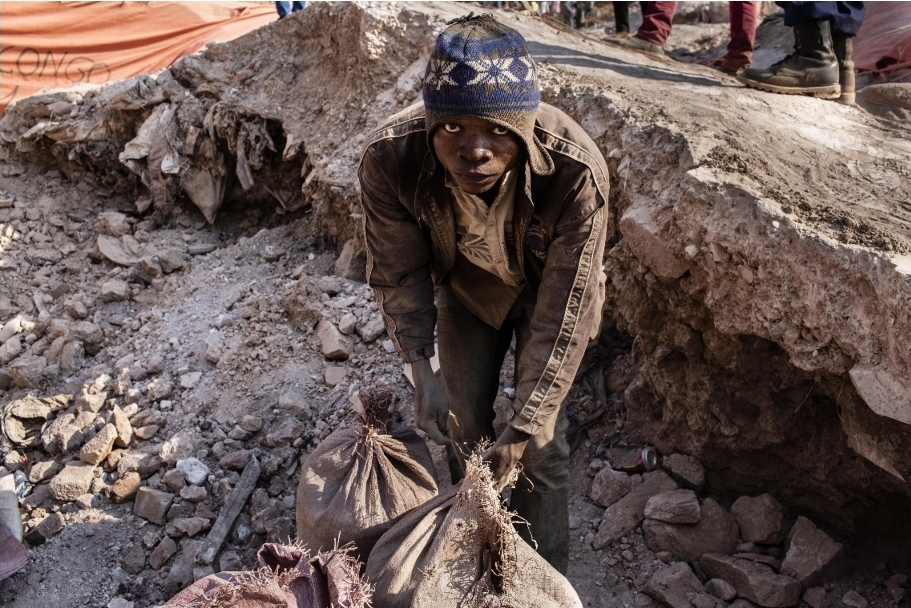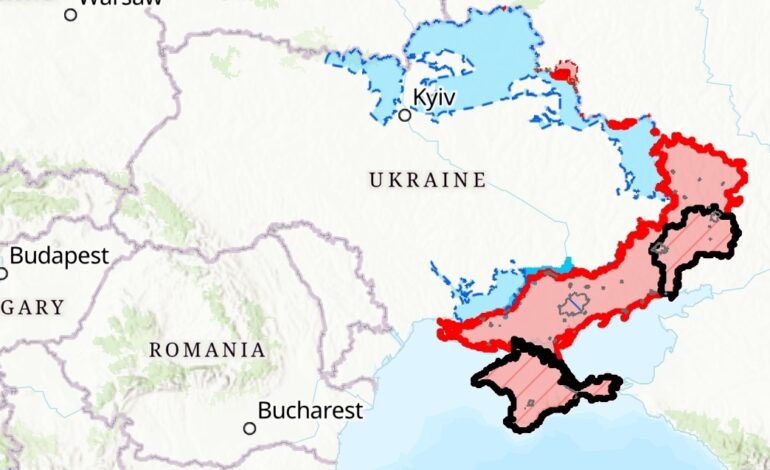
Wayne Lumbasi
In the rugged hills of eastern Democratic Republic of Congo (DRC), miners dig for cobalt, tin, tungsten, and tantalum minerals that power smartphones, laptops, and electric cars. These resources are essential to modern technology, but in Congo, they come at a devastating cost.
Many of the richest mines lie in areas controlled by armed rebel groups. Here, miners often working without safety equipment, are forced to hand over part of their earnings or pay illegal taxes. The money is used to buy weapons, feeding a cycle of violence that has plagued the region for decades and forced millions from their homes.
Conditions inside these mines are harsh. Men, women, and even children work in narrow, dangerous tunnels. Accidents are common, and workers often earn just enough to survive. Human rights groups warn that child labor, exploitation, and environmental damage are widespread.

Male and female miners work side by side in DRC mines /Swiss/
Global demand for Congo’s minerals continues to grow. While many tech companies claim they are sourcing “conflict-free” minerals, corruption and weak oversight mean that ore from rebel-controlled mines often enters the legal supply chain.
Once exported, it becomes nearly impossible to trace its origins, making it difficult for consumers to know if their devices are linked to suffering.

A miner (boy) ties up bags of cobalt inside the Congo DongFang mine /Courtesy/
Some efforts like certification programs and traceability systems are trying to separate conflict minerals from clean supplies. But without stronger local governance, fair wages, and real corporate accountability, Congo’s mineral wealth will remain both a blessing and a curse: powering the world’s technology while trapping its people in hardship.
In the end, the minerals that drive our digital lives also carry a hidden story. A story written in the dust and danger of Congo’s mines.
RELATED
U.S DEMANDS RWANDAN TROOP EXIT BEFORE RWANDA-DR CONGO PEACE DEAL
UN: CHILD RAPE SURGING IN DR CONGO AS WAR RAGES ON



